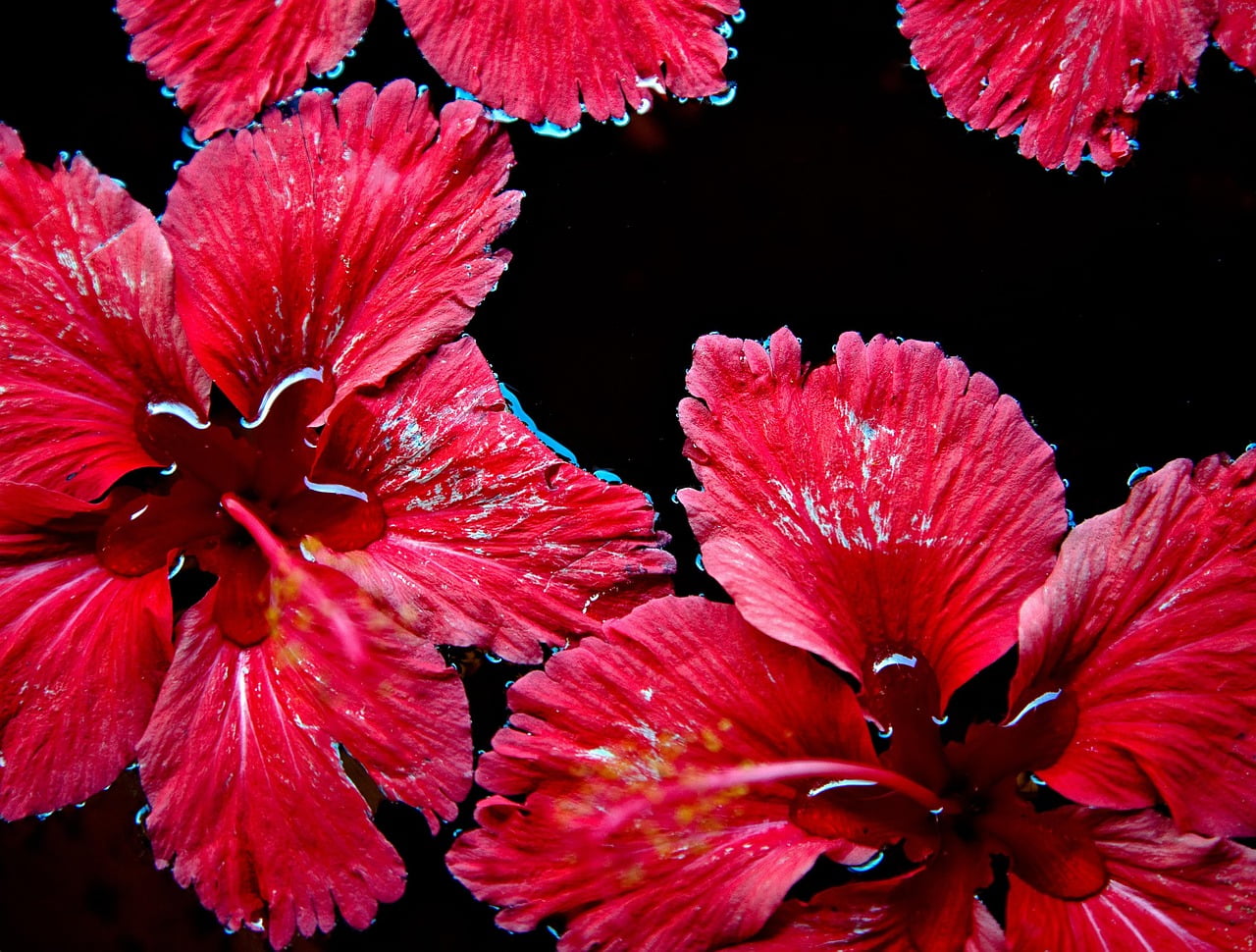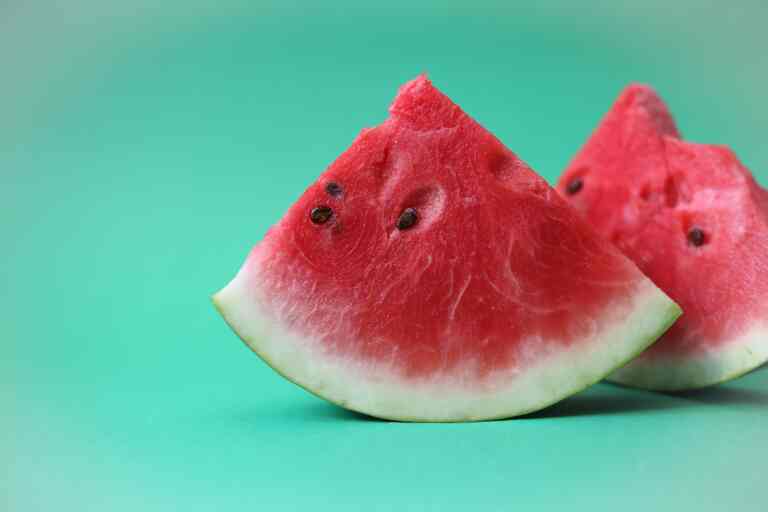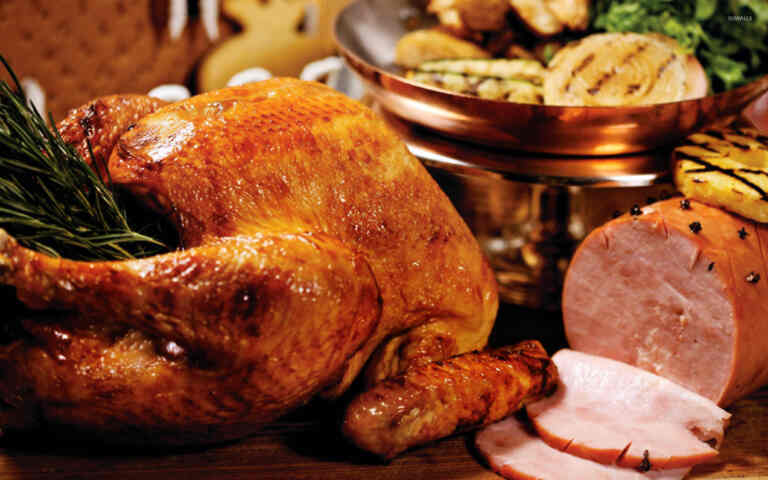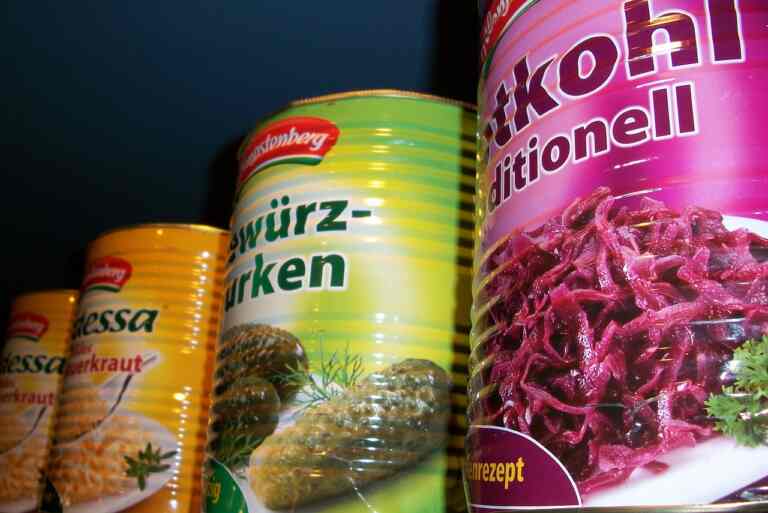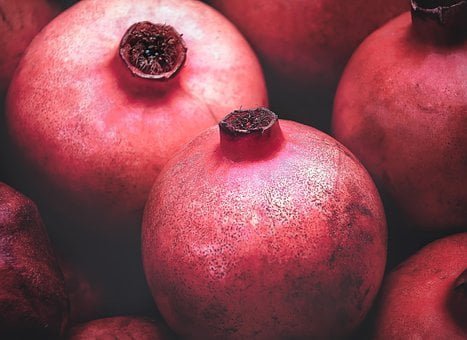Can we eat hibiscus petals?
Can we eat hibiscus petals? Hibiscus, with its vibrant petals and unique flavor, has long been admired as a decorative plant and herbal remedy. But in recent years, culinary enthusiasts and health-conscious individuals have been exploring its edible potential. The question that often arises is: can we eat hibiscus petals? Let’s dive into the fascinating world of hibiscus flowers and uncover their culinary wonders.
A Blossom of Diversity
Hibiscus, a genus of flowering plants in the mallow family, Malvaceae, comprises hundreds of species found in warm temperate, tropical, and subtropical regions around the world. While the plant is widely known for its large, showy flowers that come in various colors, including red, pink, yellow, and white, it’s the calyx—the protective covering that encloses the flower bud—that is often used in culinary creations.
Edible Hibiscus: A Global Tradition
Culinary Uses Across Cultures
In many cultures, hibiscus has been a culinary staple for centuries. In Mexico, hibiscus petals are used to make “Agua de Jamaica,” a refreshing and vibrant red tea. This beverage is not only delicious but also packed with antioxidants, making it a popular choice among health-conscious consumers.
In parts of Africa and the Middle East, hibiscus petals are incorporated into jams, sauces, and stews, adding a unique tartness and deep red color to the dishes. The petals are also used to make traditional herbal teas known for their health benefits.
Health Benefits of Hibiscus
Hibiscus flowers are not just visually appealing; they are also rich in nutrients and antioxidants. Studies have suggested that hibiscus tea may help lower blood pressure and cholesterol levels, making it a popular choice for those looking to improve heart health. Additionally, hibiscus is known for its diuretic properties and its ability to support the immune system, making it a valuable ingredient in herbal remedies.
The Art of Cooking with Hibiscus
Drying and Preserving Hibiscus Petals
Before hibiscus petals can be used in culinary creations, they need to be properly dried and preserved. Drying hibiscus petals is a simple process that involves removing the calyx, spreading the petals out in a single layer, and allowing them to air dry. Once dried, the petals can be stored in an airtight container, ready to be used in various dishes.
Incorporating Hibiscus Petals into Recipes
1. Hibiscus Infusions
One of the easiest ways to enjoy the flavor and benefits of hibiscus petals is by making a simple infusion. Steeping dried hibiscus petals in hot water creates a vibrant, ruby-red tea that can be served hot or cold. Adding a touch of honey and a slice of lemon enhances the flavor profile, creating a refreshing and healthful beverage.
2. Hibiscus-Infused Desserts
Hibiscus petals can also be used to infuse desserts with their unique flavor. Hibiscus-infused syrups can be drizzled over cakes and pastries, adding a delightful tartness. Incorporating finely ground dried hibiscus petals into cookie or cake batter imparts a subtle floral note and a striking pink hue.
3. Hibiscus Savory Delights
In savory dishes, hibiscus petals can elevate the flavor profile. They can be added to salads, providing a burst of color and a tangy kick. Hibiscus-infused sauces and dressings add depth to grilled meats and vegetables, creating a harmonious balance of flavors.
Culinary Creativity Knows No Bounds
One of the beauties of exploring the culinary world is the opportunity to experiment. Chefs and home cooks alike are finding innovative ways to incorporate hibiscus petals into a myriad of dishes. From hibiscus-flavored ice creams to cocktails and mocktails infused with the floral essence, the possibilities are limited only by one’s imagination.
A Word of Caution
While hibiscus petals are generally safe to eat, it’s essential to ensure they are sourced from reputable suppliers. Organic, food-grade hibiscus petals are the best choice for culinary purposes. Additionally, individuals with allergies should exercise caution, as hibiscus may trigger allergic reactions in sensitive individuals.
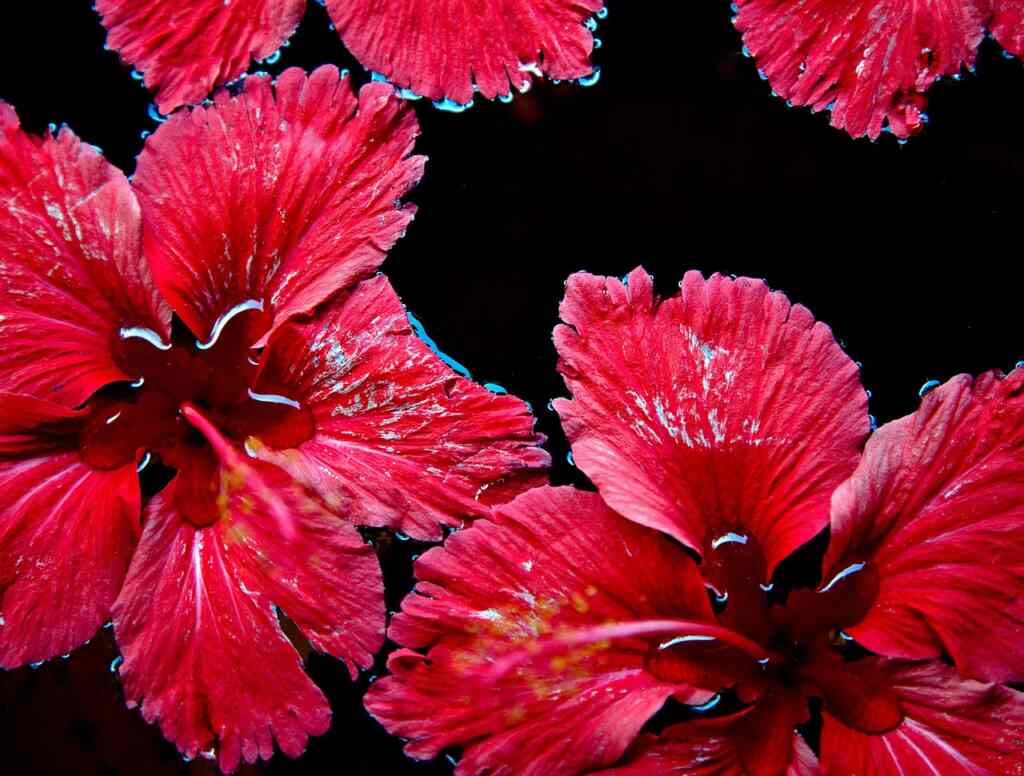
Beyond the Plate: Hibiscus in Cultural Traditions and Herbal Medicine
**1. ** Hibiscus in Traditional Medicine
Beyond its culinary uses, hibiscus has a rich history in traditional medicine systems. In Ayurveda and traditional Chinese medicine, hibiscus flowers are used to treat various ailments, including digestive issues, high blood pressure, and liver disorders. The flower’s natural compounds are believed to have anti-inflammatory and calming effects, making it a popular choice for herbal remedies.
**2. ** Hibiscus in Cultural Celebrations
Hibiscus isn’t just a culinary delight; it’s also an integral part of cultural celebrations in many parts of the world. In Hawaii, hibiscus flowers are often worn behind the ear, symbolizing the wearer’s relationship status. In Malaysia and South Korea, hibiscus is the national flower, representing unity and the celebration of life.
**3. ** Hibiscus and Beauty Rituals
The benefits of hibiscus extend beyond internal health. In various cultures, hibiscus extracts are used in beauty products such as shampoos, conditioners, and skincare formulations. The natural properties of hibiscus are believed to promote hair growth, improve skin texture, and fight signs of aging, making it a cherished ingredient in the beauty industry.
Cultivating Hibiscus at Home: A Green Thumb’s Guide
For gardening enthusiasts and culinary adventurers, cultivating hibiscus at home can be a rewarding experience. Hibiscus plants thrive in warm climates and can be grown both in gardens and pots. By following a few simple guidelines, you can enjoy a fresh and abundant supply of hibiscus petals right from your own backyard.
1. Choosing the Right Variety
There are numerous hibiscus varieties, each with its own unique color and petal characteristics. Tropical hibiscus (Hibiscus rosa-sinensis) and hardy hibiscus (Hibiscus moscheutos) are popular choices for cultivation due to their vibrant flowers and ease of care.
2. Optimal Growing Conditions
Hibiscus plants require plenty of sunlight, preferably around 6 to 8 hours of direct sunlight daily. Well-draining soil and regular watering are essential to keep the plants healthy. Additionally, hibiscus plants benefit from occasional pruning to encourage bushy growth and more abundant flowering.
3. Harvesting Hibiscus Petals
Harvesting hibiscus petals is a delicate process. It’s best to pluck the flowers early in the morning when they are fresh and have not been exposed to the sun for long periods. Gently remove the calyx and allow the petals to air dry before using them in your culinary adventures.
In Conclusion: The Edible Beauty of Hibiscus
To answer the question posed at the beginning—yes, we can indeed eat hibiscus petals, and doing so opens the door to a world of culinary delights. From its health benefits to its versatility in the kitchen, hibiscus has proven to be a valuable and fascinating ingredient. As we continue to explore the culinary potential of this vibrant flower, one thing remains clear: hibiscus is not just a feast for the eyes but also a treat for the taste buds and a boon for our well-being.
So, the next time you spot those beautiful hibiscus flowers in your garden or at the market, consider plucking a few petals and embarking on a culinary adventure. Who knows what delightful creations you might discover in the process? Happy cooking!
Related Posts
This article is reviewed by Russel, before publishing. If you have any doubt, you can contact us or consult with your nearby doctor. Remember, in medical matters, there is no same advice, cure, and medicine for all.

